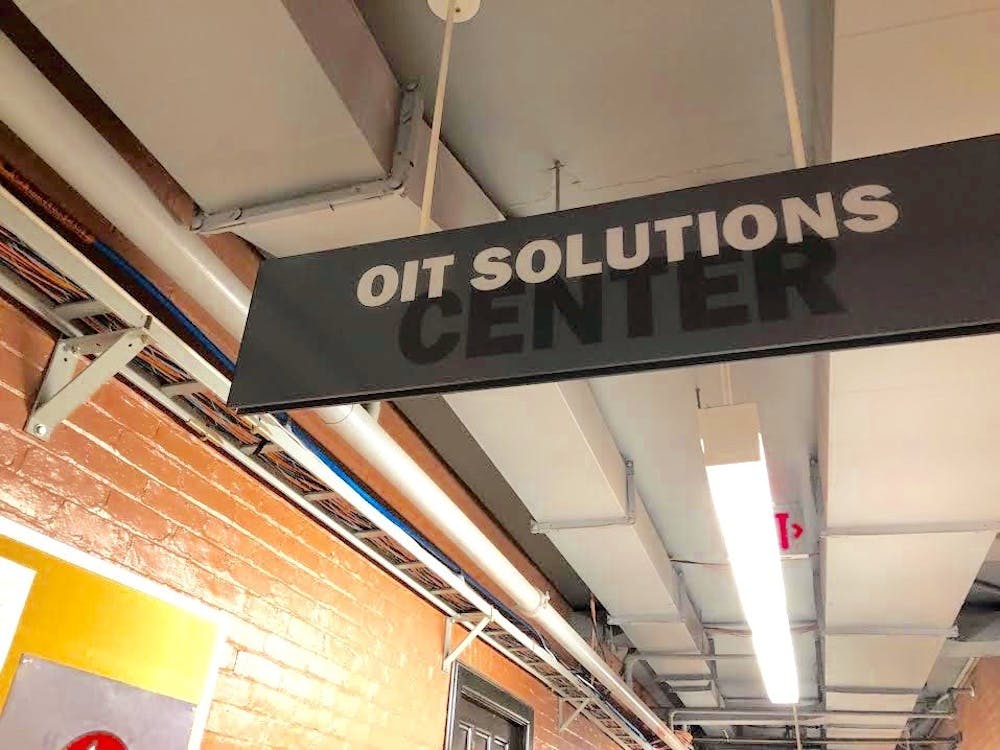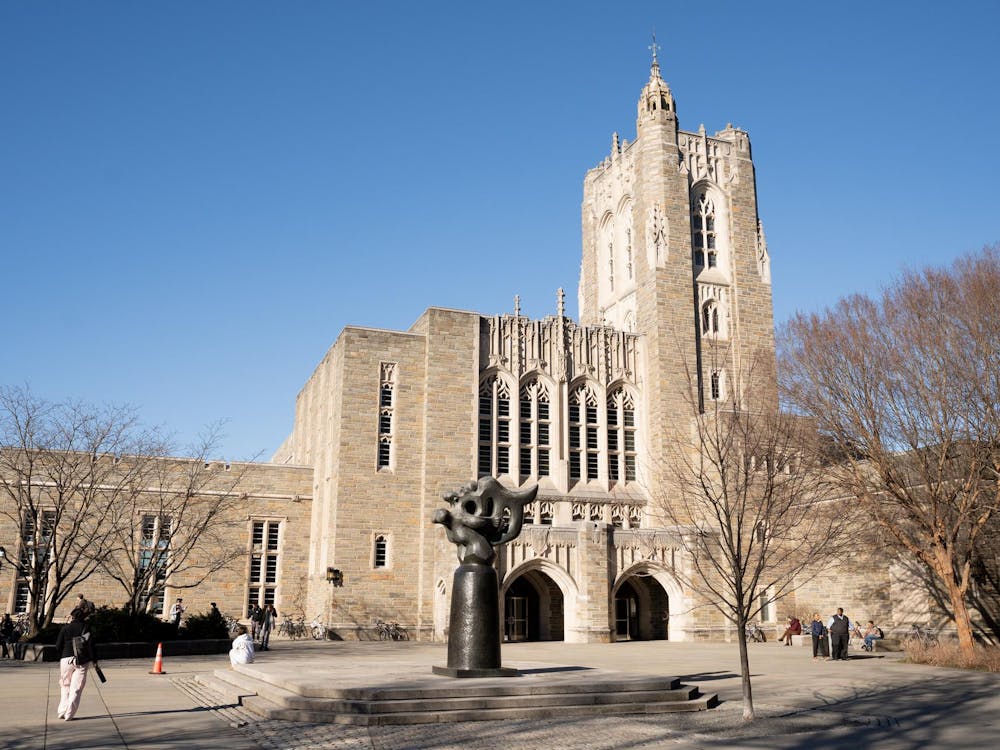The evening after the final football game, the Band gathers in the inner sanctum of Nassau Hall — the cavernous Faculty Room. Under the watchful portraits of past presidents, our senior leadership bids heartfelt goodbyes, then we play a final song and sing Old Nassau while our notes are swallowed by history’s ponderous echoes.
Two days later, the Band enters a different Princeton monument, for a different celebration. The dress code for our end-of-year celebratory “BANDquet” in the garden room of Prospect House is “tacky formal.” Cross-dressing, morph suits and hats full of thumbtacks (get it? “tacky?”) are encouraged. It’s one of the many oddities of the Band that such a farcical masquerade could be tolerated, let alone celebrated, in the former house of Woodrow Wilson, our irreverent revelry overlooking gardens that former President James McCosh likened to Eden.
The Band occupies a strange place on this ancient campus. It’s hard to imagine an organization chiefly known for interrupting Dean’s Date, getting in fights with military cadets and getting banned from various campuses, would today find approval for midnight rituals in Nassau Hall, but such is tradition’s power. The Band is peculiar, moving through the sacred spaces of Princeton without challenging them, since our traditions do not change the landscape of this campus.
This year, only 72 hours before our midnight in Nassau hall, other students sat in the building, in a less traditional, more challenging display. While the Band flouts decorum in Wilson’s house, the Black Justice League and allies of the movement challenge Wilson’s very legacy. And when these students sat in, the nation (and The Nation, and The New York Times) took notice — not simply because students were questioning a U.S. President or an ancient University, but because they were doing so within a building which was, for a few critical months, the national capitol of a young United States.
History clings to this campus, rising like sickly-sweet steam from hidden passages below, congealing into a protective shell against chalk, graffiti, controversy or rapid change. Even when they were built more than a century ago, Princeton’s quintessential neo-gothic edifices were intended to strengthen our ties to times even further back, and even now we (or at least Meg Whitman ’78) continue to build for the past.
Perhaps it is right that there be a certain permanence to the heart of campus. Much of Princeton’s strength lies in our history — and like the endowment, returns on history compound over time. But we must be careful how and how much we invest in the past. Woodrow Wilson is only a part of this. Questions — from how to provide an elite education without the problems of elitism to how to include all lines of inquiry in an overwhelmingly homogenous scholarly tradition — sprout again and again in the shadow of our gothic towers.
Students must play an active role in the shaping of its issues. Protest is a valuable tool, but so too are the discussions (from activists, reactionaries and navel-gazing columnists) they foster. As is our ability to physically shape the space we live in — think the emotions and issues brought to the surface by the art installation last spring called, fittingly, “The Surface.” Elsewhere, dorm walls, sidewalks, banners and “free speech walls” are a canvas magnifying student voices in realms personal and political. But our gothic towers stand unchanged.
Princeton is a sanctuary — it is no accident our time here begins and ends with assemblies in the chapel, or that the Faculty Room looks like a small cathedral with images of our sainted presidents lining its walls like stations of the cross. Dei Sub Numine indeed. But what is the purpose of this church for the worship of human thought? I think of the church I grew up in — its nursery smelling of cleaning solution, its youth room stuffed with beanbags and shabby couches, its community hall where worshippers mingle after the sermon, where life and meaning and fellowship and worship intersect. The messy exchange of ideas within the bonds of community is as sacred as any sanctuary or solemn contemplation of ideas.
It’s ironic that when activists occupied Nassau Hall with their calls for a safe space, much of the opposition to the tactics of the protest seemed centered on the idea that students were violating the sacred or safe space of Nassau Hall. But this ignores the value of a safe space — what students need, and what Princeton needs, is not some rigid sanctum where ideas exist unchallenged (we have plenty of those already), but a forum where all perspectives can be heard without being smothered by the past – and where we can not simply flout authority like the Band, but challenge and change it. It’s up to us to shape our space here through art and protest and heartfelt discussion — to make this campus our own.
Bennett McIntosh is a chemistry major from Littleton, Colo. He can be reached at bam2@princeton.edu.








